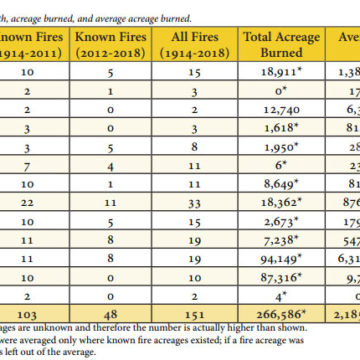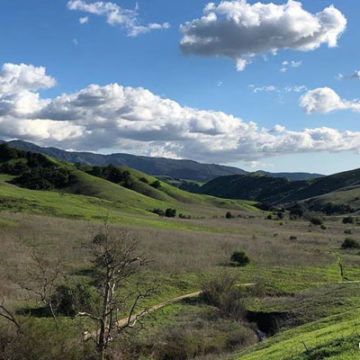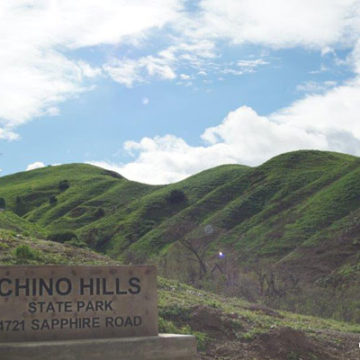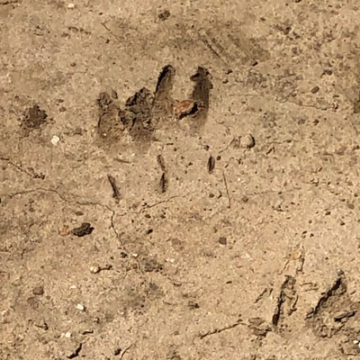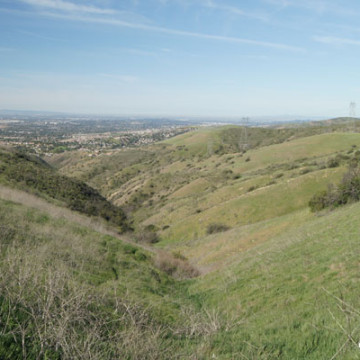July Means More Wildfires
Did you know that MOST wildfires near Chino Hills State Park start in July? Yep, nearly 22% of all documented wildfires ignite in July as found in our study. The Fourth of July and use of fireworks locally are part of the problem. As a reminder, we all want to celebrate our great country, but we do not want to risk our lives, homes and our parks by using fireworks. Fireworks are illegal in all communities surrounding the Puente-Chino Hills Wildlife Corridor, … Read More
